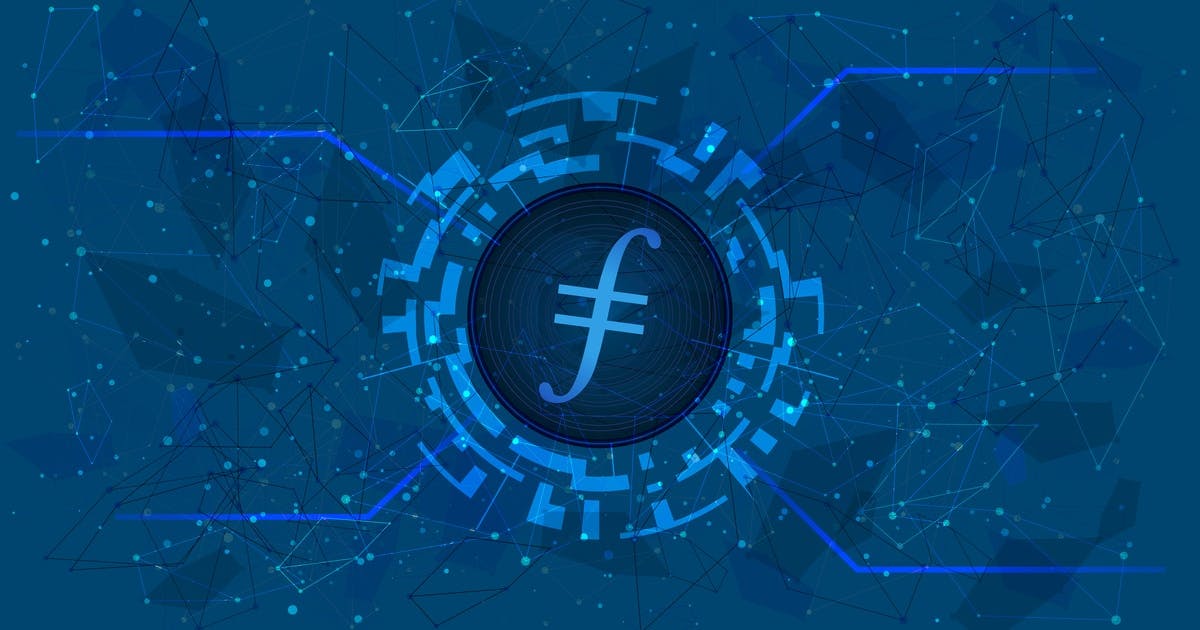As we move towards a Decentralized Ecosystem to establish connections and share data, more and more innovative decentralized storage solutions are required to bear the responsibility of storing and managing the data that must be spread across thousands or even millions of nodes across the world,
also ensuring integrity, encryption, authorization, pricing, and speed of retrieval/storage of data.
One of those solutions was just dropped by Protocol Labs this year in March which revolutionized the existing Filecoin ecosystem, unleashing the full potential of the open data economy.
Filecoin and How it works

Filecoin is a decentralized storage network that operates through a network of storage providers who offer their unused storage space and get rewarded with Filecoin cryptocurrency. Data is divided into encrypted pieces, replicated across multiple storage providers, and accessible through cryptographic proofs. Filecoin enables individuals and organizations to store, retrieve, and trade data in a secure, reliable, and censorship-resistant manner with a very competitive pricing choice.
What is Filecoin Virtual Machine?
Before the release of FVM, the Filecoin platform was very data storage and retrieval centric. Although the system was very clean and straightforward but was insufficient for developers that seek to build more complex applications and solutions via user-programmable smart contracts. With the introduction of FVM, the Filecoin network gains computational capabilities in addition to the existing storage capabilities. FVM introduces two types of computation running on the Filecoin network: on-chain computation over state, and off-chain computation over data.
FVM - Technical Architecture
At the core, the native runtime of FVM is WASM - which means FVM uses a technology called WASM (WebAssembly) as its main system to run programs. WebAssembly is a small, fast binary format that promises near-native performance for web applications. Plus, WebAssembly is designed to be a compilation target for any language. It interacts efficiently with IPLD(InterPlanetary Linked Data) and allows Native actors to be written in any language(Rust, C++, Java, Javascript, etc.) that can compile to WASM.
The FVM is compatible with EVM through a compatibility layer known as EVM-FFI (Ethereum Virtual Machine - Foreign Function Interface). The EVM-FFI provides a bridge between FVM and the EVM, allowing the FVM to understand and execute EVM bytecode, which is the compiled form of Ethereum smart contracts. So, When an Ethereum smart contract is deployed on the Filecoin network, the EVM-FFI translates the EVM bytecode into an equivalent form that the FVM can understand. This translation ensures that the contract's functionality and logic are preserved in the Filecoin environment.
Game-changing features that FVM brings to the Filecoin network
Data Access Control: The FVM allows Filecoin network participants to limit individual access to certain data sets, an advantage previously only available using centralized storage solutions.
Data DAO: FVM data access control enables the creation and management of data-centered decentralized-autonomous-organizations, which means organizations can govern and monetize data access and pool returns into a shared treasury.
Perpetual storage: The FVM allows users to store data permanently, managed by repair and replication bots, which also benefit from Filecoin’s verifiable storage proofs. This can ensure stronger integrity, accessibility, and security of data.
Leasing: FIL token holders can use their holdings to provide storage collateral and receive leasing fees. Community-generated reputation scores enable everyone to identify good borrowers. It's the same as Credit Scores in the real world.
Compatible with Solidity Smart contracts and EVM.
Potential Use-Cases
Tokenized Datasets and DAOs: Creation of tokenized dataset economy by tokenizing Datasets, and representing the value of those datasets to society. Large datasets can be stored on the network and can be priced accordingly, individuals or organizations wanting to retrieve the datasets can request and agree on deals.
Smarter Storage Markets: Storage markets can now have functionalities like auto-renewal of deals, self-repair of storage deals in the event of sector issues. Other possibilities include, time locked or event-driven data deals which can be governed by smart contracts.
NFT Storage and Transfers: NFTs can now be minted, exchanged, and stored under a single roof. Since FVM combines the power of storage network and Smart contracts, both Metadata and transactional data of Non-fungible tokens can now be stored on Filecoin network.
Storage Bounties and Auction Mechanisms: With programmable storage deals, storage markets can now have auction mechanisms that can be controlled and stored by smart contracts.
Futures and derivatives on storage that compose in DeFi fashion.
Conditional leases for sector pledging.
Conclusion
The introduction of Filecoin Virtual Machine (FVM) has revolutionized the Filecoin ecosystem by expanding its capabilities beyond storage and retrieval. FVM, powered by WebAssembly (WASM), enables on-chain and off-chain computations, bringing computational capabilities to the network. The compatibility with the Ethereum Virtual Machine (EVM) through EVM-FFI further enhances interoperability. FVM introduces game-changing features like data access control, data DAOs, perpetual storage, and leasing, unlocking the potential for tokenized datasets, smarter storage markets, NFT storage, storage bounties, and more. With FVM, Filecoin has evolved into a comprehensive decentralized storage and computational platform, offering a wide range of possibilities for the open data economy and decentralized applications.
Thank you for reading till the end. Hope you enjoyed the content. Let me know your thoughts in the comment section :)
EndFragment

